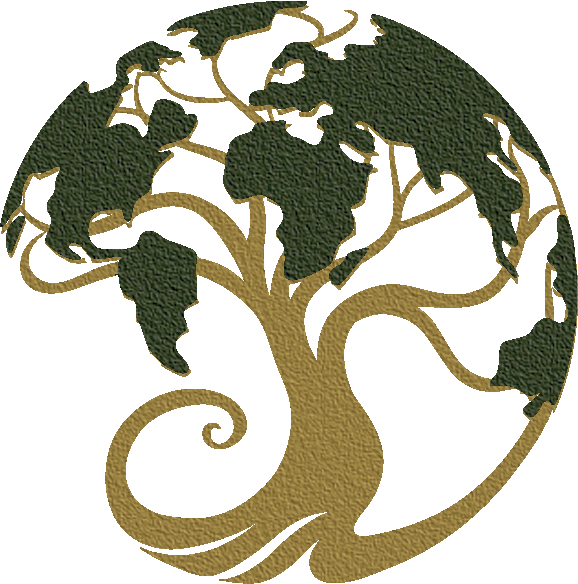Carolinian Canada Medicinal Herbs & Trees
"Discover the healing whispers of Carolinian Canada's medicinal herbs and trees, where nature's pharmacy thrives in every leaf and root."
Shantree Kacera, R.H., D.N., Ph.D.
In the heart of Carolinian Canada, nature's pharmacy awaits, where the land itself offers remedies in the form of medicinal herbs and trees
Carolinian Canada refers to the Carolinian bioregion, a unique ecological zone in southern Ontario, Canada, known for its rich biodiversity and temperate climate. Within this region, various medicinal herbs grow naturally or can be cultivated. Here are a few examples:
American Ginseng (Panax quinquefolius): A slow-growing perennial herb native to the deciduous forests of eastern North America, including the Carolinian zone. It is highly valued in traditional Chinese medicine for its adaptogenic properties, which are believed to help the body adapt to stress and promote overall health.
Black Cohosh (Actaea racemosa): A flowering plant native to eastern North America. It has a long history of use among indigenous peoples for gynecological issues, including menstrual cramps and menopausal symptoms. It's believed to have estrogen-like effects.
Echinacea (Echinacea purpurea): Also known as purple coneflower, echinacea is a popular medicinal herb for its immune-boosting properties. It's commonly used to prevent or treat colds and other respiratory infections.
Goldenseal (Hydrastis canadensis): A perennial herb native to North America. It has a long history of use among indigenous peoples for various ailments, including digestive issues and infections. It contains berberine, a compound with antimicrobial properties.
Wild Bergamot (Monarda fistulosa): Also known as bee balm, wild bergamot is a member of the mint family and is native to North America. Indigenous peoples have long used it medicinally for its antimicrobial and anti-inflammatory properties. It's often used to treat sore throats and respiratory infections.
Wild Ginger (Asarum canadense): A low-growing perennial herb native to eastern North America. It has a long history of use in traditional medicine for its digestive and anti-inflammatory properties. However, it's important to note that wild ginger contains aristolochic acid, which can be toxic in high doses, so it should be used with caution and under the guidance of a qualified healthcare practitioner.
These are just a few examples of medicinal herbs in the Carolinian, Canada region. As with any medicinal plant, it's essential to identify it and use it responsibly and properly, as some can have toxic effects or interact with medications. It's also advisable to consult with a qualified healthcare practitioner before using any medicinal herbs, especially if you have underlying health conditions or are pregnant or nursing.
With its temperate climate and diverse ecosystems, the Carolinian Canada region hosts various plant species. Here is a list of some prominent native trees to the Carolinian zone:
Eastern White Pine (Pinus strobus): A sizeable coniferous tree with soft, flexible needles native to eastern North America, including the Carolinian region.
American Beech (Fagus grandifolia): A large deciduous tree native to eastern North America, known for its smooth, silver-gray bark and edible beechnuts.
Black Walnut (Juglans nigra): A large deciduous tree native to eastern North America, valued for its wood and edible nuts.
Eastern Hemlock (Tsuga canadensis): A coniferous tree native to eastern North America, including the Carolinian region, known for its graceful form and shade tolerance.
Eastern Redbud (Cercis canadensis): A small deciduous tree native to eastern North America, prized for its early spring blooms of pink or purple flowers.
Sassafras (Sassafras albidum): A deciduous tree native to eastern North America, including the Carolinian region, known for its aromatic leaves and roots.
Serviceberry (Amelanchier spp.): Also known as Juneberry or shadbush, serviceberry is a small deciduous tree or shrub native to North America, with edible berries and attractive spring flowers.
Sugar Maple (Acer saccharum): A deciduous tree native to eastern North America, including the Carolinian region, prized for its sap, used to make maple syrup.
Tulip Tree (Liriodendron tulipifera): Also known as yellow poplar or tulip poplar, this tree is native to eastern North America and is known for its tall, straight trunk and tulip-shaped flowers.
These are just a few examples of the diverse plant life found in the Carolinian Canada region. The area's unique combination of climate, soil, and geography supports a rich array of flora, including many species of trees, shrubs, wildflowers, and grasses.

